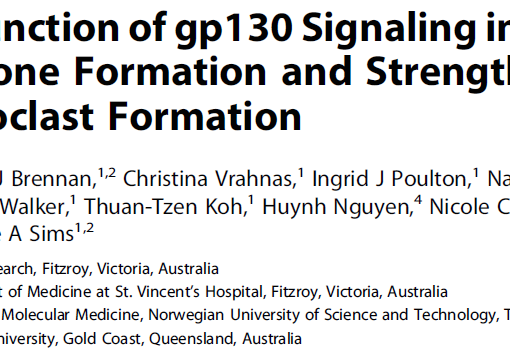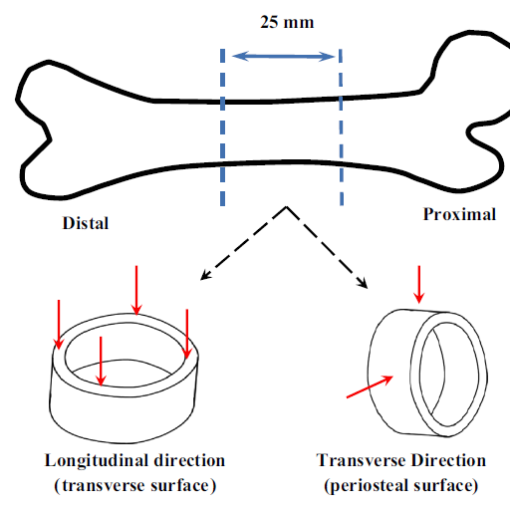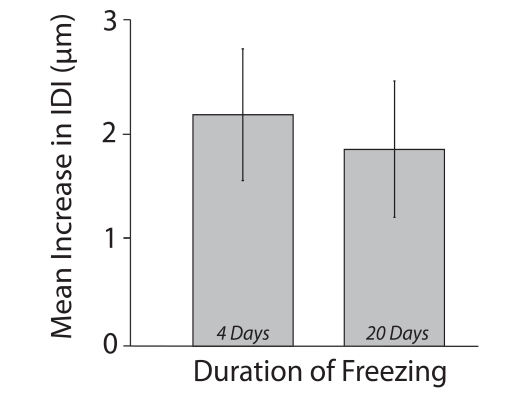Abstract
The objective of this study was to elucidate micromechanical properties of Biodentine and two experimental calcium silicate cements (CSCs) using Reference Point Indentation (RPI). Biomechanical characteristics of the cement type and the effects of a radiopacifier, liquid components, acid etching treatment and bioactivation in simulated body fluid (SBF) were investigated by measuring the microhardness, average unloading slope (Avg US) and indentation distance increase (IDI). Biodentine had a greater microhardness than the experimental CSCs, while the Avg US and IDI values were not significantly different among investigated materials. There was a statistically significant difference in microhardness and IDI values between pure CSCs and radiopacified cements (p < 0.05). Micromechanical properties were not affected by different liquid components used. Acid-etching treatment reduced Biodentine’s microhardness while cements’ immersion in SBF resulted in greater microhardness and higher IDI values compared to the control group. Clearly, the physiological environment and the cements’ composition affect their surface micromechanical properties. The addition of calcium chloride and CSCs’ immersion in SBF are beneficial for CSCs’ micromechanical performance, while the addition of radiopacifiers and acid etching treatment weaken the CSCs’ surface. Application of RPI aids with the characterization of micromechanical properties of synthetic materials’ surfaces.
https://www.ncbi.nlm.nih.gov/pubmed/26888441
Biomed Microdevices. 2016 Apr;18(2):25. doi: 10.1007/s10544-016-0047-1.




